7 Examples of Using Email for Lifecycle Marketing
Marketers recognize that individuals seldom make a purchase following their first interaction with a website or brand. Consumers need nurturing at various points of the purchasing funnel.
Lifecycle marketing initiatives are not one-size-fits-all techniques that can be implemented with a single click. Each campaign must be tailored to your industry, personalities, and unique objectives. With that stated, let’s go through the fundamentals of lifecycle marketing and what it implies for your business and prospects.
What exactly is lifecycle marketing?
We discussed what lifecycle marketing is, but there is so much more to it. Marketers may use lifecycle marketing to steer prospective consumers through various stages of their sales funnel or brand relationship.
This lifecycle marketing model demonstrates how difficult the cycle can be, particularly after it has been matched with your various marketing channels.
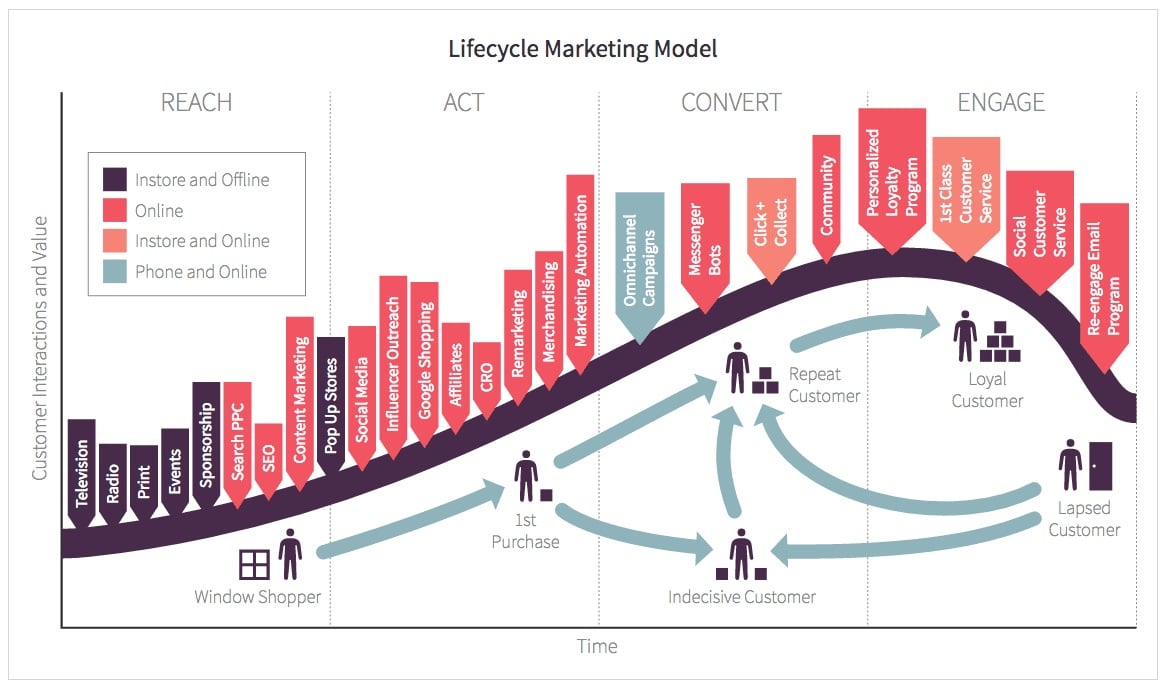
What phases of the customer lifetime journey are there?
As scary as that approach may seem, it is the reality of running a company with various outlets. For those who are just getting started, you should start by addressing the most typical phases of the customer lifecycle journey, and then match it with your brand’s marketing objectives.
The usual steps of the customer lifetime journey are shown here.
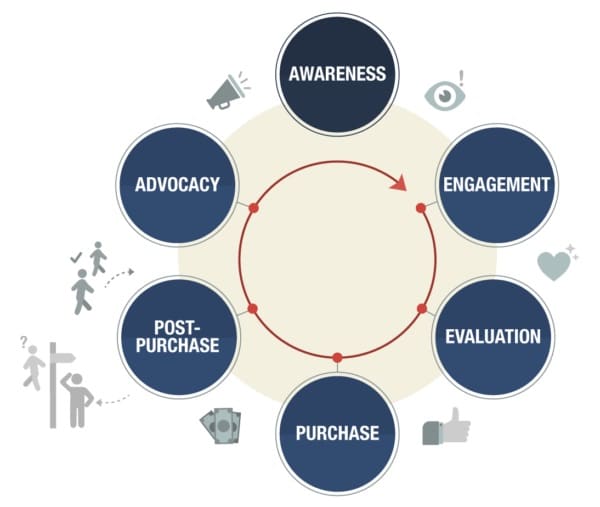
Because each step is an important part of the lifecycle marketing process, having a fundamental grasp of each is necessary.
- Brand awareness occurs when a prospect first becomes aware of your company’s name and products/services.
- Brand engagement occurs when a prospect first interacts with your brand, potentially through subscribing to your email list.
- Customer brand assessment – Prospects will assess what you have to offer them and determine if it is worthwhile to convert.
- Customer buy – Hopefully, they will decide to make a purchase after completing the assessment procedure.
- Post-purchase experience – The brand will want to contact the customer to confirm that their expectations were satisfied.
- Client advocacy – If everything goes well and your brand has a satisfied customer, they will begin to tell others about their positive experience.
This article will provide you with 10 instances of businesses that utilize lifecycle marketing to engage with their subscribers and consumers.
Allbirds
Allbirds is a New Zealand shoe firm that offers wool shoes that are popular among techies, millennials, and virtually everyone else.
The first email I got explained what they do and what they stand for. Rather of focusing just on the product, the email communicated the company’s principles. They discuss their shoes, but from a value standpoint (environmental sustainability, advantages of their shoes) rather than particular qualities. What I like about Allbirds is their values, thus it seems fitting that they discuss them before their shoes.
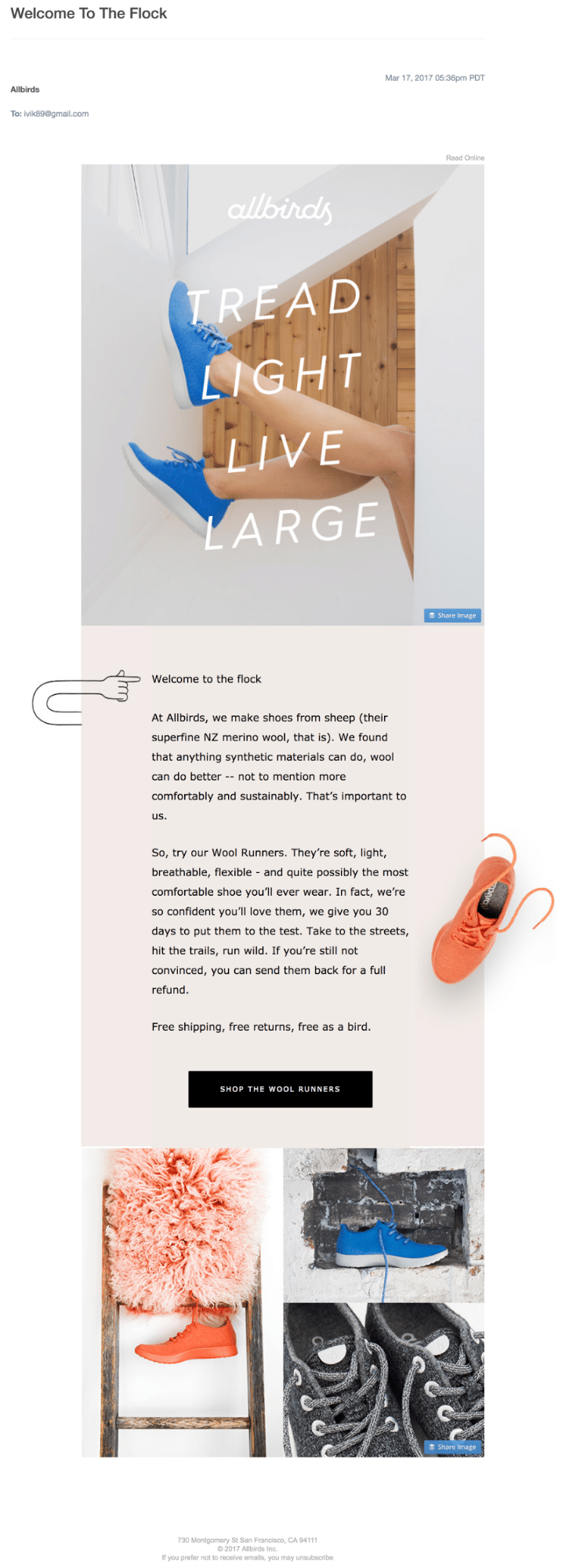
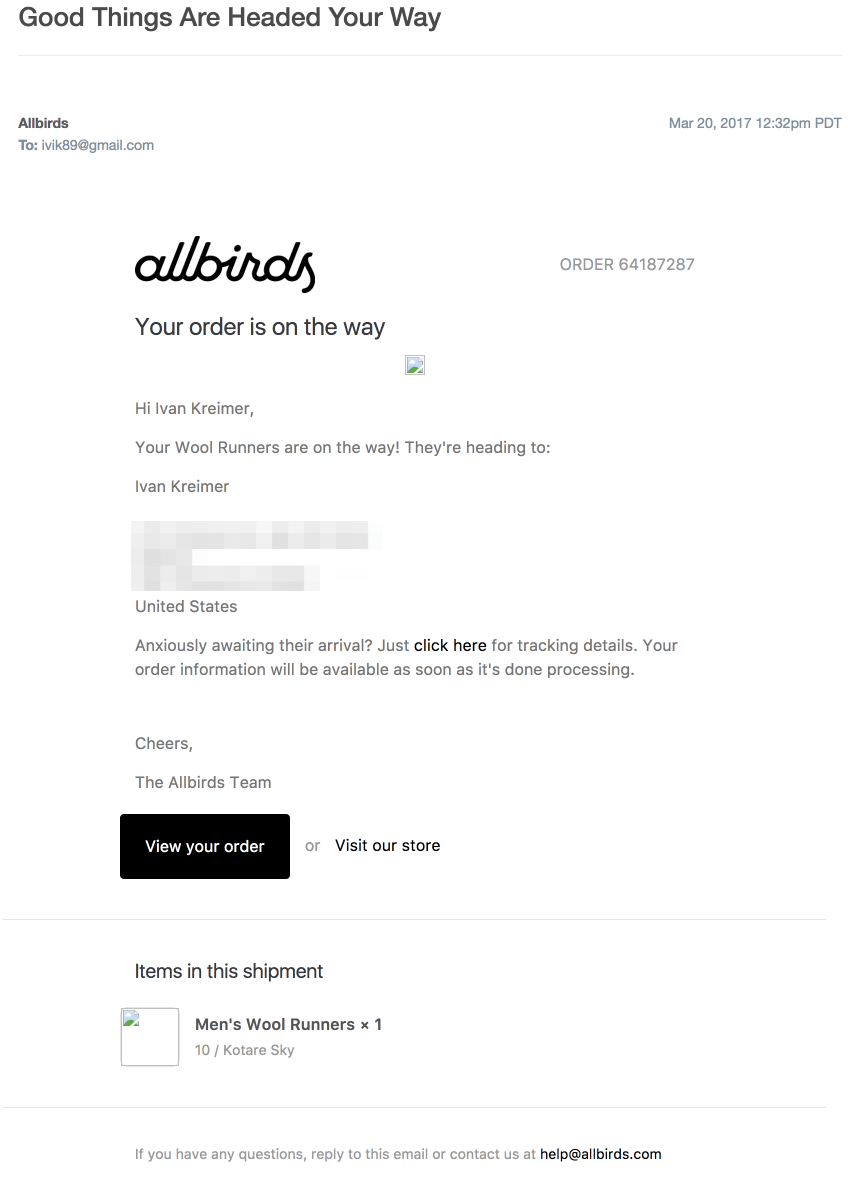
Bodybuilding.com
Bodybuilding.com is an online store that sells nutritional supplements, sports supplements, and bodybuilding supplements.
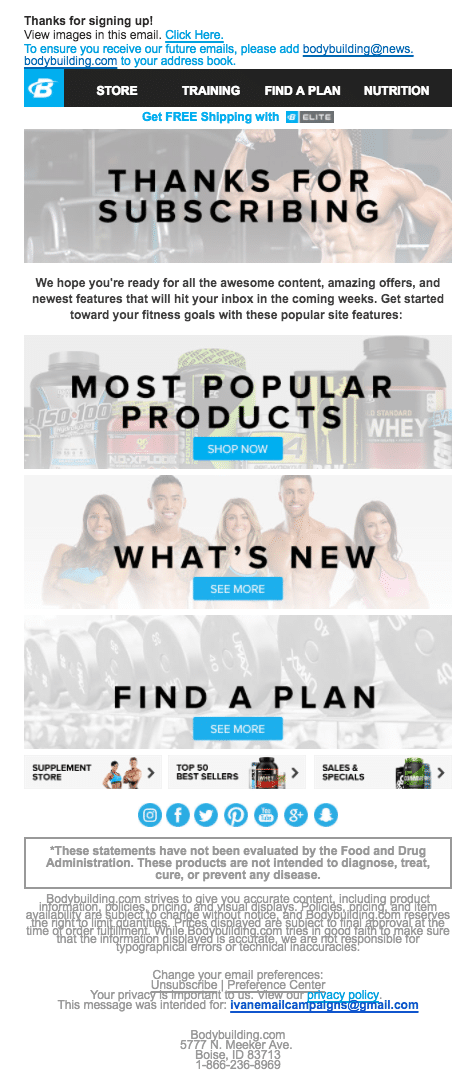


Just Eat
Just Eat, with a market capitalization of more than $5 billion, is one of the world’s biggest online meal delivery firms.
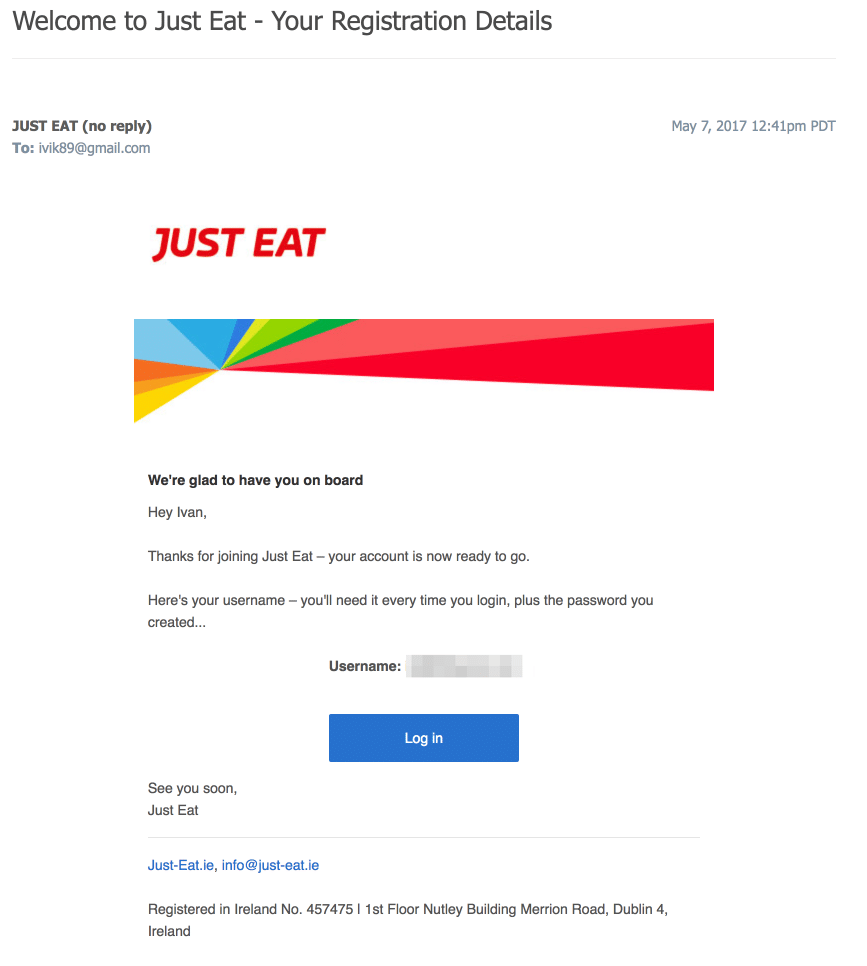
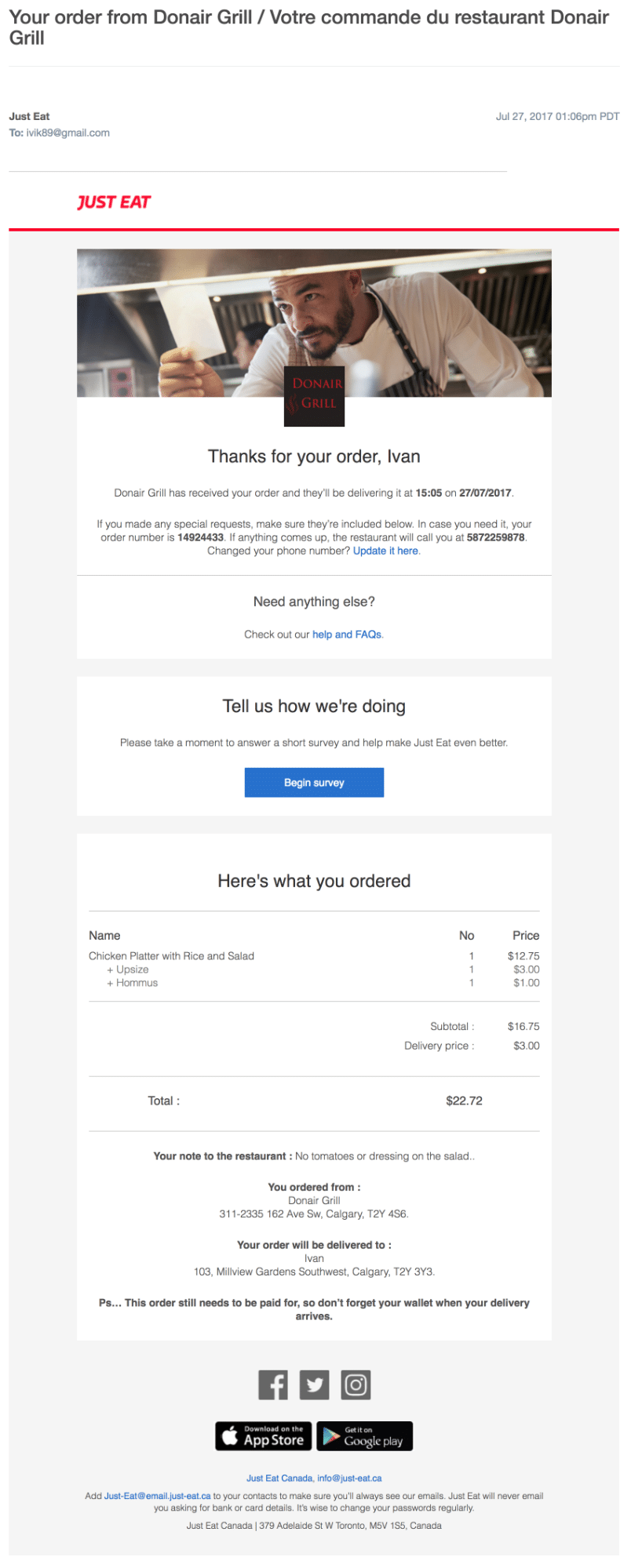
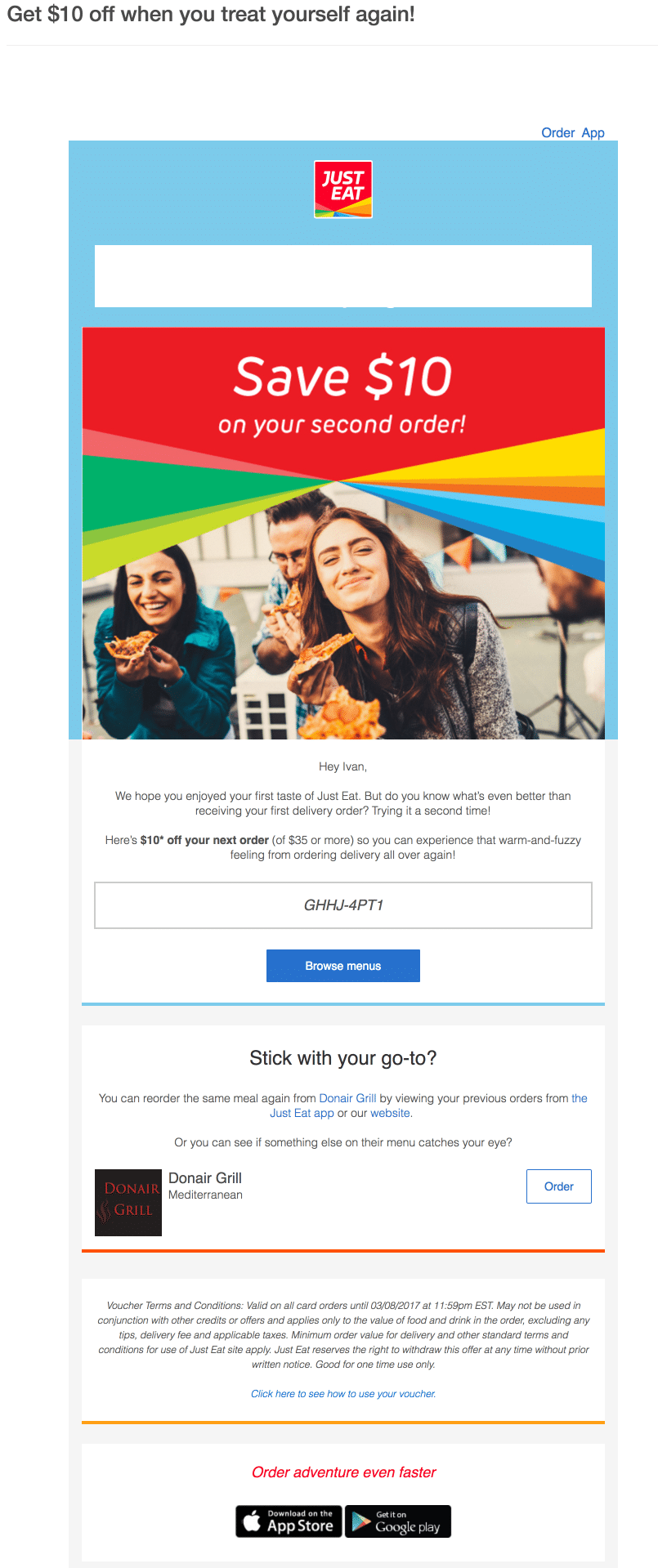
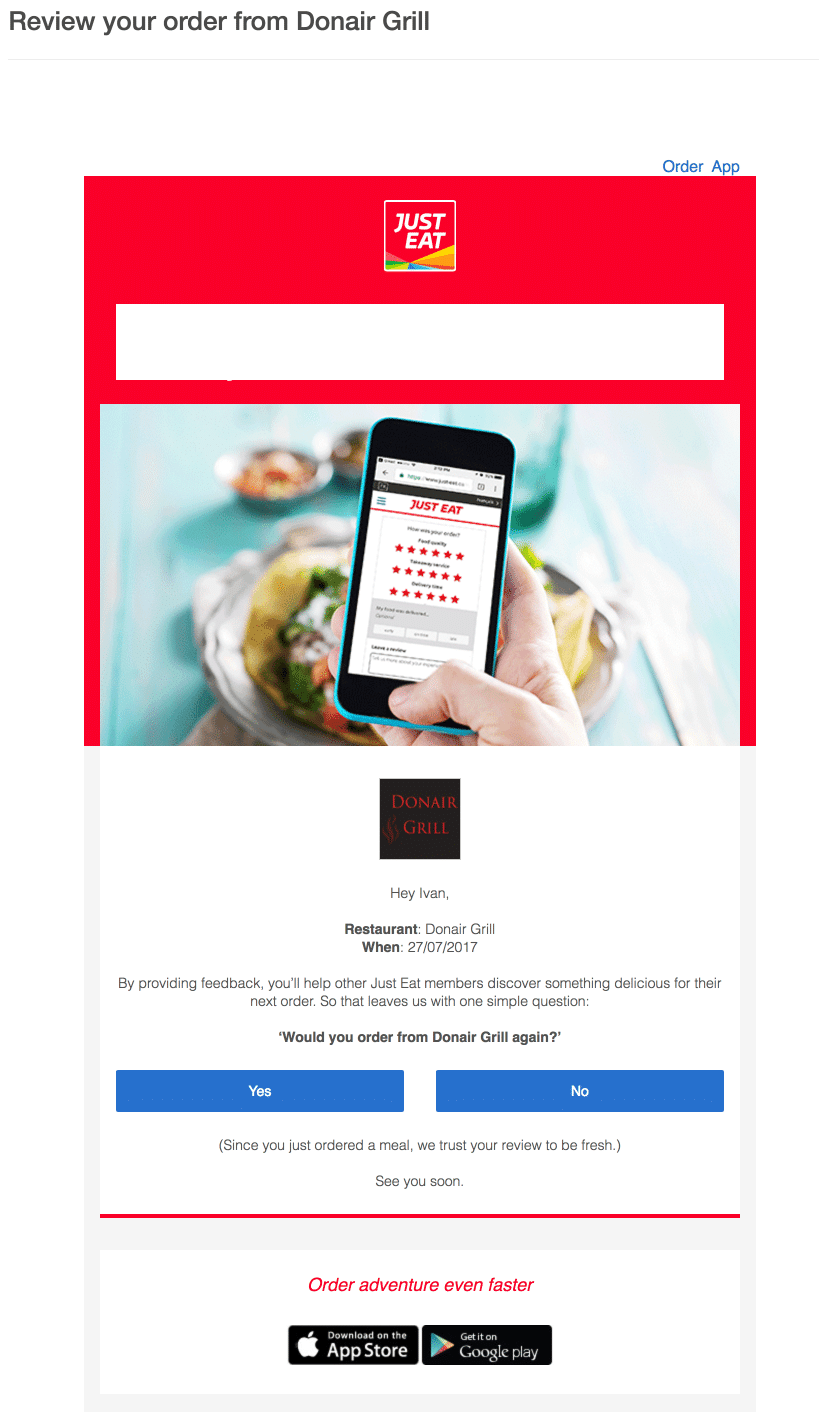
Charity Water
Charity Water is a non-profit organization that provides people in poor nations with clean, safe drinking water.
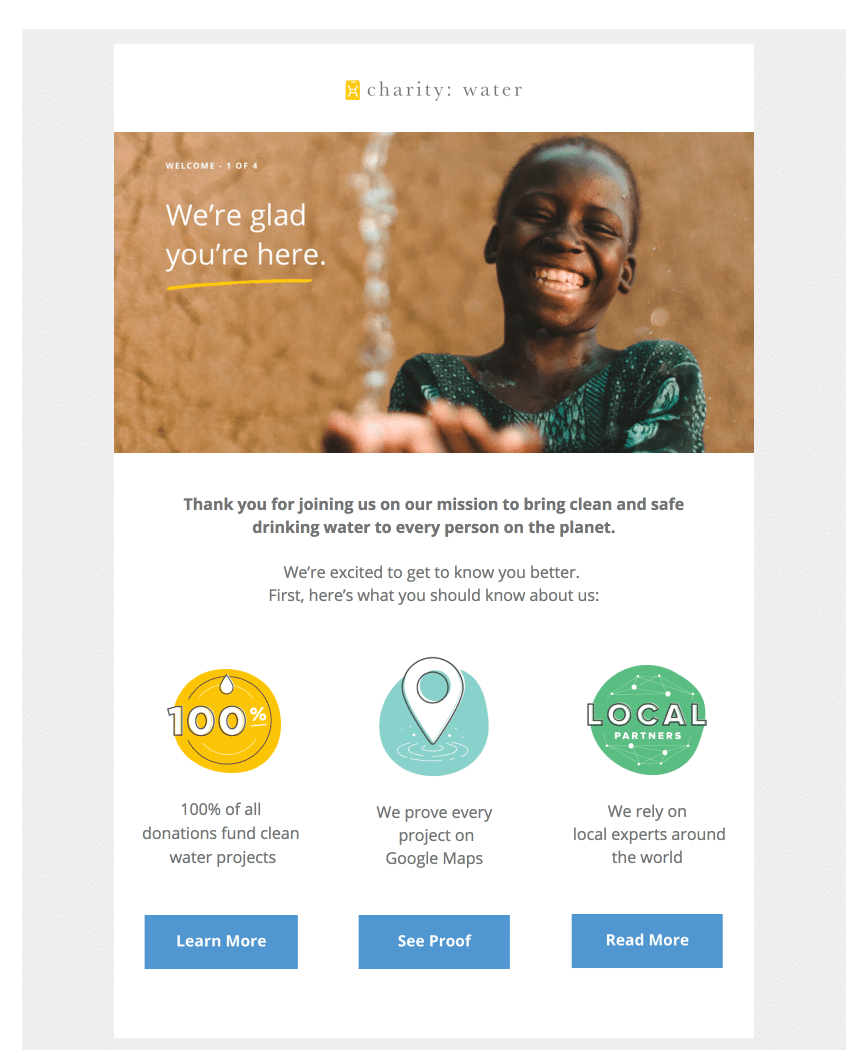
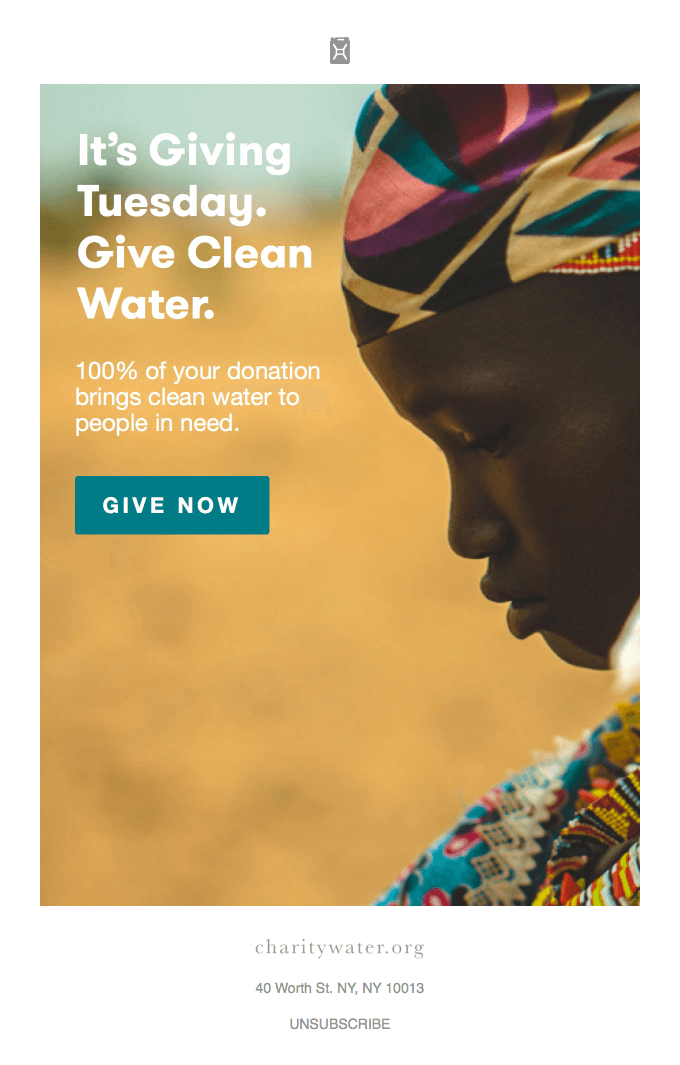

American Red Cross
The American Red Cross is a significant nonprofit organization in the United States that offers emergency aid, disaster relief, and education.
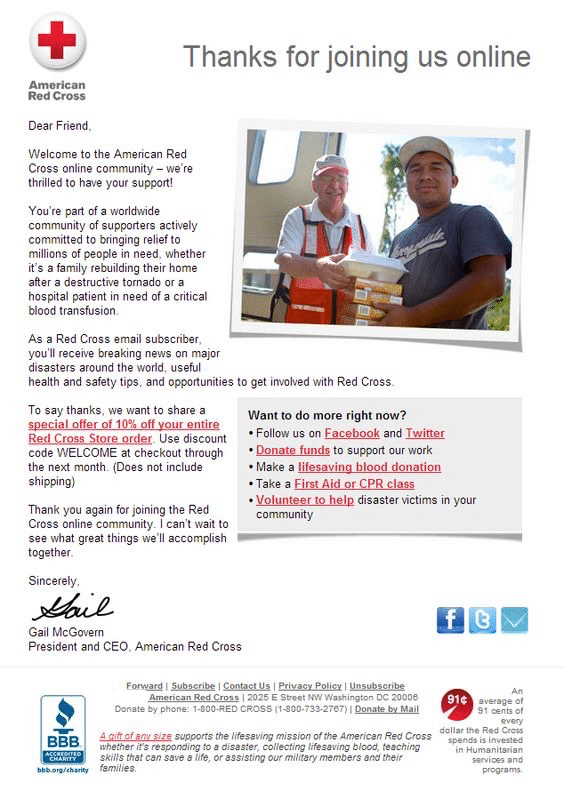


WWF
The World Wide Fund for Nature (WWF) is one of the major non-profit organizations working to preserve wildness and safeguard the environment.
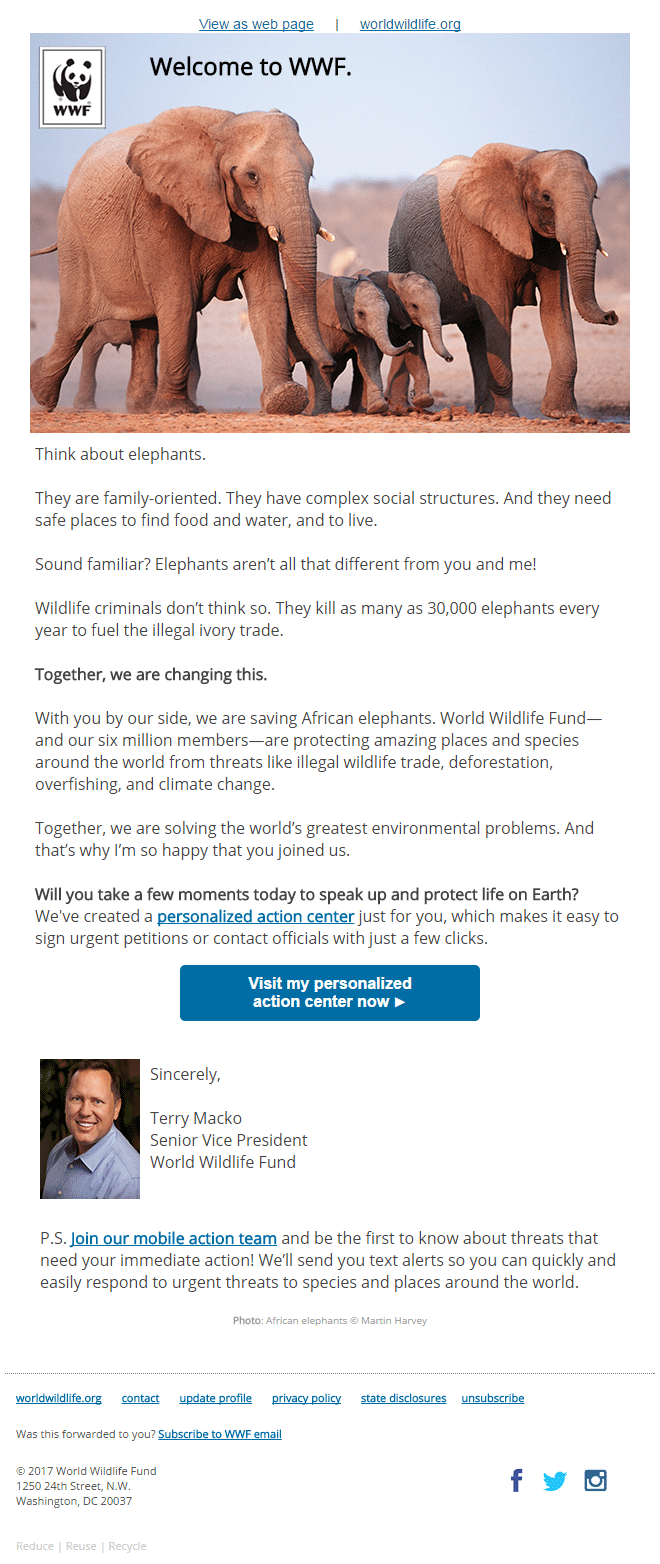
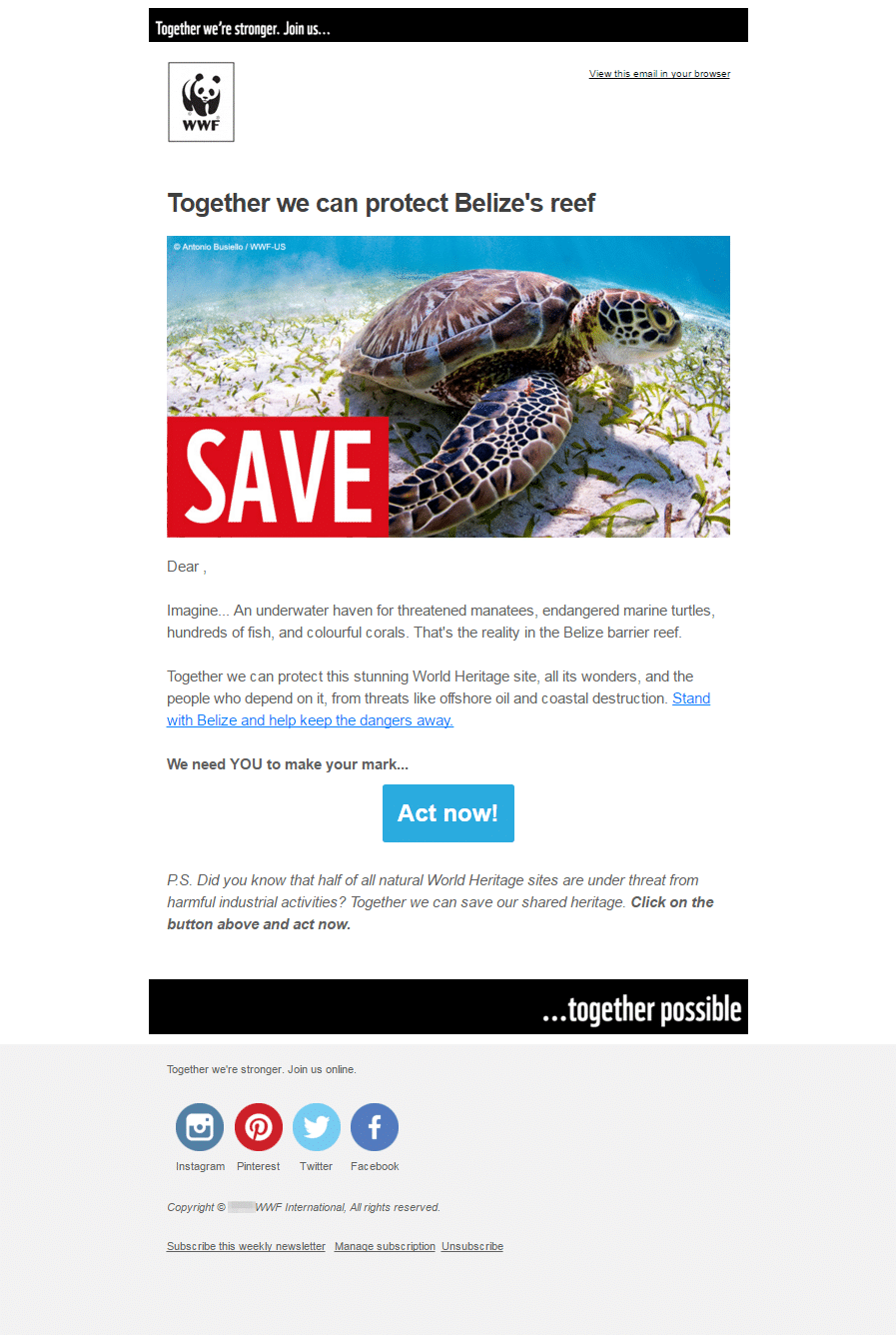

Agoda
Agoda is a travel fare aggregator that sells tickets to places all over the globe.

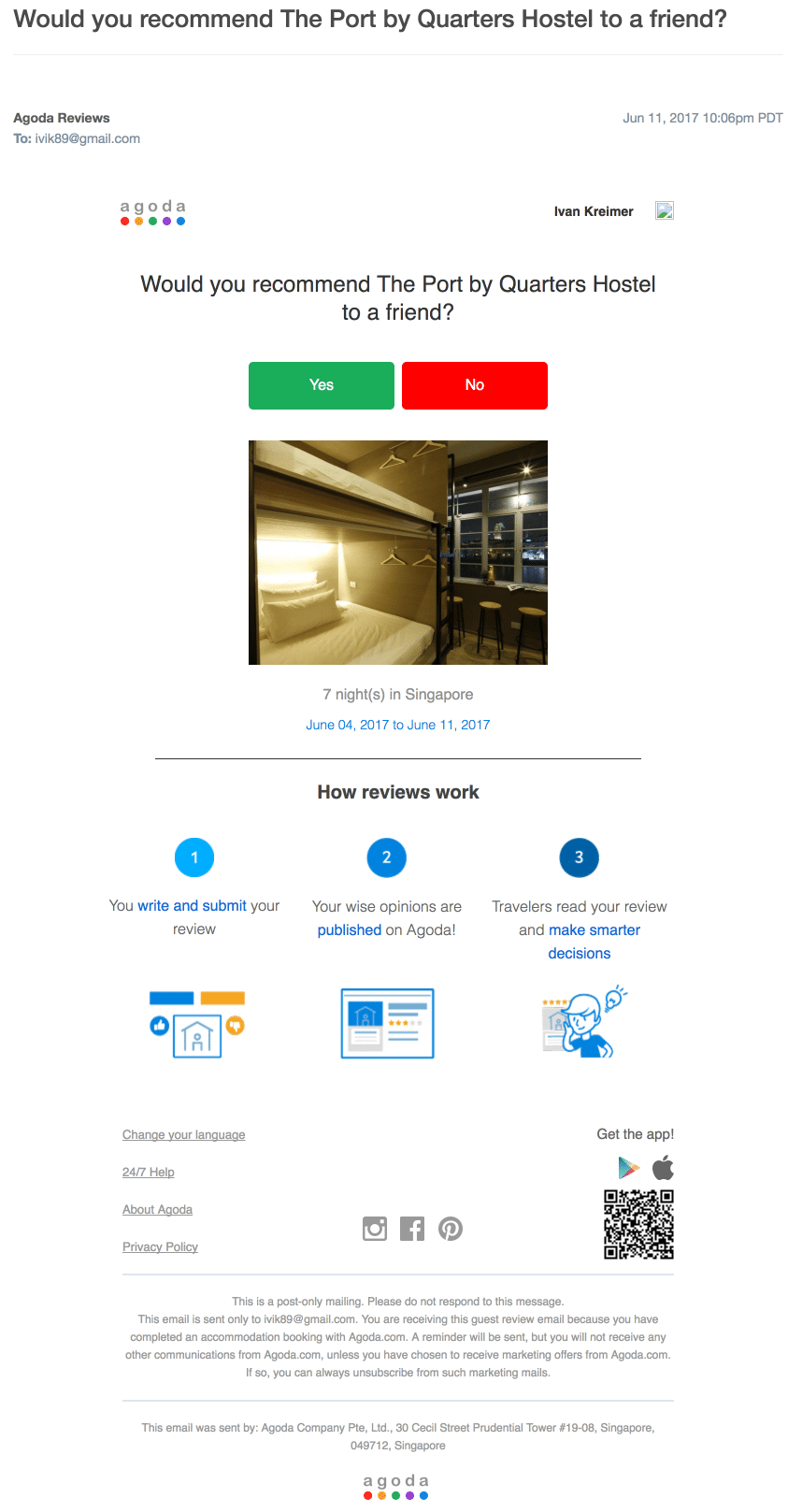
Conclusion
The businesses included in this piece are from very diverse sectors, yet they all benefit from lifecycle marketing through email and automation. What they have in common is that they adhere to the fundamentals of lifecycle marketing, which means that they examine and handle each step of the client lifetime journey:
- Brand recognition
- Brand involvement
- Brand appraisal by customers
- Purchase by a customer
- Experience after buying
- Customer support






Recent Comments